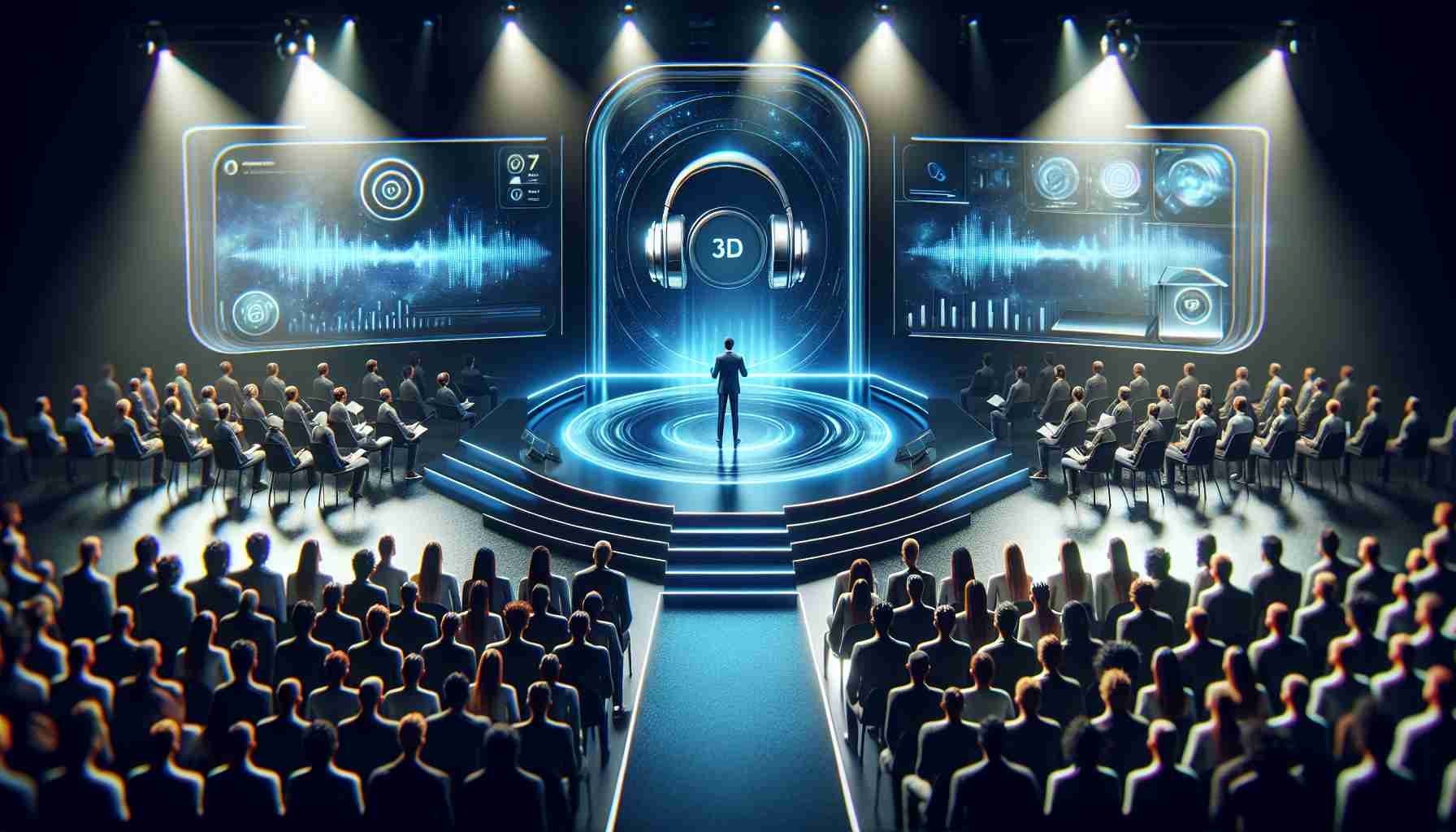Nokia is redefining telecommunications with a groundbreaking innovation that promises to change our call experiences forever: the immersive audio and video technology. Introduced by CEO Pekka Lundmark, a pioneer who also witnessed the first 2G call in 1991, this new technology aims to make phone calls more realistic and engaging than ever before.
The advancement rests on the shift from the current, often lifeless, monophonic audio to three-dimensional audio. With sound spatialization, callers will get the illusion of being in the same room as the person they are talking to. Jenni Lukander, President of Nokia Technologies, has marked this technology as revolutionary.
Envision a conference call where one can distinguish between participants by their virtual position, as if they were physically in the same room. The potential applications of this technology extend far beyond individual calls. It could revolutionize remote meetings by making virtual interactions feel much more natural.
Surprisingly, this technology does not require special hardware. It employs the microphones already present in most smartphones, allowing Nokia’s solution to transmit spatial audio information in real-time.
The timing of this development aligns perfectly with the upcoming 5G Advanced standard, hinting at potential integration into future network technologies and widespread adoption. As Nokia prepares to explore licensing opportunities, this technology could represent a pivotal breakthrough in telecommunications.
A recent demonstration call, conducted over a standard 5G network with a regular smartphone, showcased the potential of this technology, which could become an integral part of our daily lives in the coming years. How do you think this innovation will impact our communication? Let us know your thoughts.
Advantages of 3D Audio Technology in Calls:
– Enhanced Immersion: 3D audio creates a sense of spatial presence, making calls feel like face-to-f interactions.
– Better Call Clarity: With spatial audio cues, it becomes easier to understand who is speaking in conference calls, improving communication.
– Inclusivity: This technology can be used on existing smartphones without the need for special hardware, allowing many users to benefit from the advancements easily.
– Integration with 5G: The improvement in call quality aligns with the capabilities of 5G and 5G Advanced networks, signaling a symbiotic advancement in both network and device technology.
Disadvantages of 3D Audio Technology in Calls:
– Network Dependency: The full benefits of the technology might only be realized with a strong and stable network connection, limiting its effectiveness in areas with poor 5G coverage.
– Standardization: To ensure a seamless user experience across various devices and networks, industry-wide standardization is needed, which could be a slow and complex process.
– Market Adoption: While the technology doesn’t require new hardware, it does depend on the widespread adoption by network providers and acceptance by end-users.
Key Challenges and Controversies:
– Privacy Concerns: With such advanced audio technology, there may be increased concerns about unauthorized eavesdropping or data collection by third parties.
– Health and Safety: Some people may have concerns about the potential health effects of increased exposure to advanced telecommunications technology.
– Compatibility and Interoperability: Ensuring that 3D audio works seamlessly across different device brands and models is crucial.
Related Links:
For more information about Nokia’s latest technologies and endeavors, you may visit the Nokia main website via the following link: Nokia.
Please note that I am not able to provide an actual review of the website’s validity or whether the linked page specifically addresses the 3D audio technology mentioned, as new updates and company web structures change frequently.
